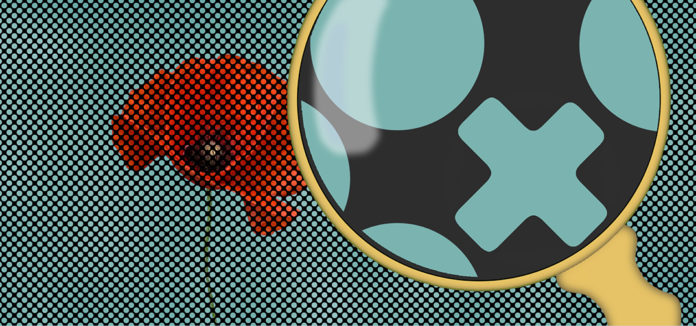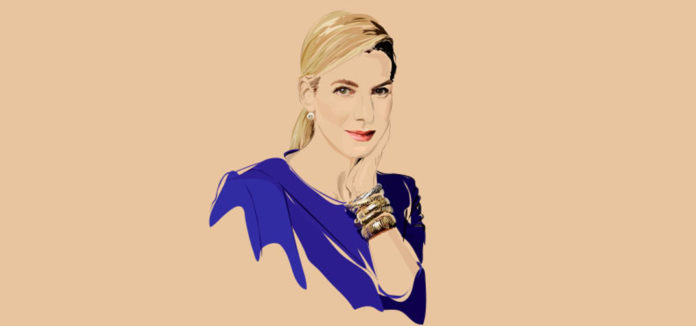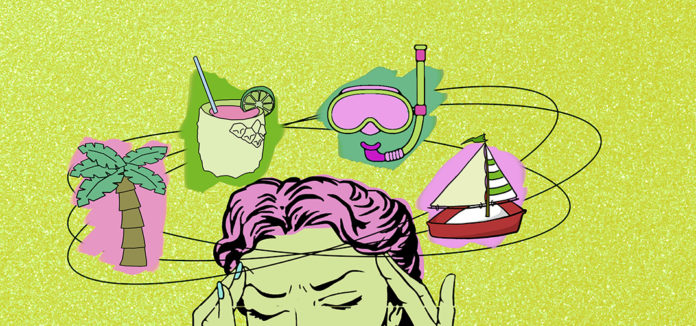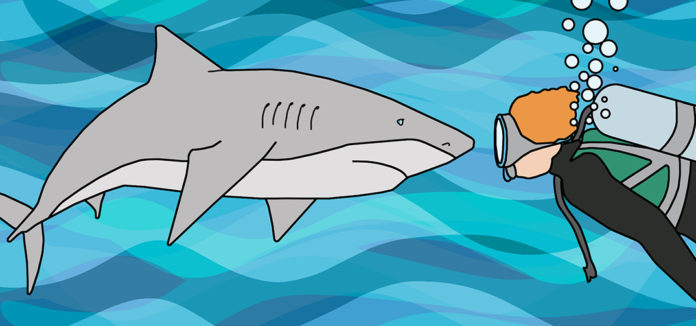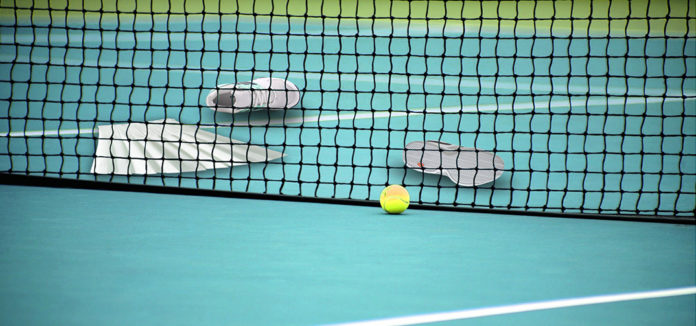According to Aristotle, there are three kinds of friendship. The first is strategic—both people get something out of it. The second type of friendship is pleasurable—these friends have fun together and provide good company. While useful and enjoyable, these friendships function only when both people are getting what they want from the other. The third type of friendship, the truest kind according to Aristotle, transcends self-interest and this tit for tat. It is based on goodness. Both people admire the goodness in the other and are committed to bringing out the best in one another.
In college, it is likely that you made all three kinds—the friend who took great History notes, the friend you liked to party with in your dorm, and the friend who was and remains a source of strength. Not only were they there for you during tough times, they also encouraged you to embrace opportunities and to challenge yourself and you did the same for her. It’s definitely harder to make friends after college but it is also an opportunity to cultivate the third and deeper form of friendship, the kind that is based on good will and shared values (not just because you live in the same dorm).
Your workplace is a good place to start. Do you have a “work friend” who you would like to spend more time with? Make an outside of the office plan with them. Initiate conversations that are not work related and avoid office gossip. Be open and curious without providing TMI. Listen generously. Avoid office gossip. Make an effort. Be patient. Building connections takes time but it is worth the effort. Studies show that people who have a good friend at work are more productive, happier, and less stressed.
I wish you all the best,
Dr. Samantha Boardman


